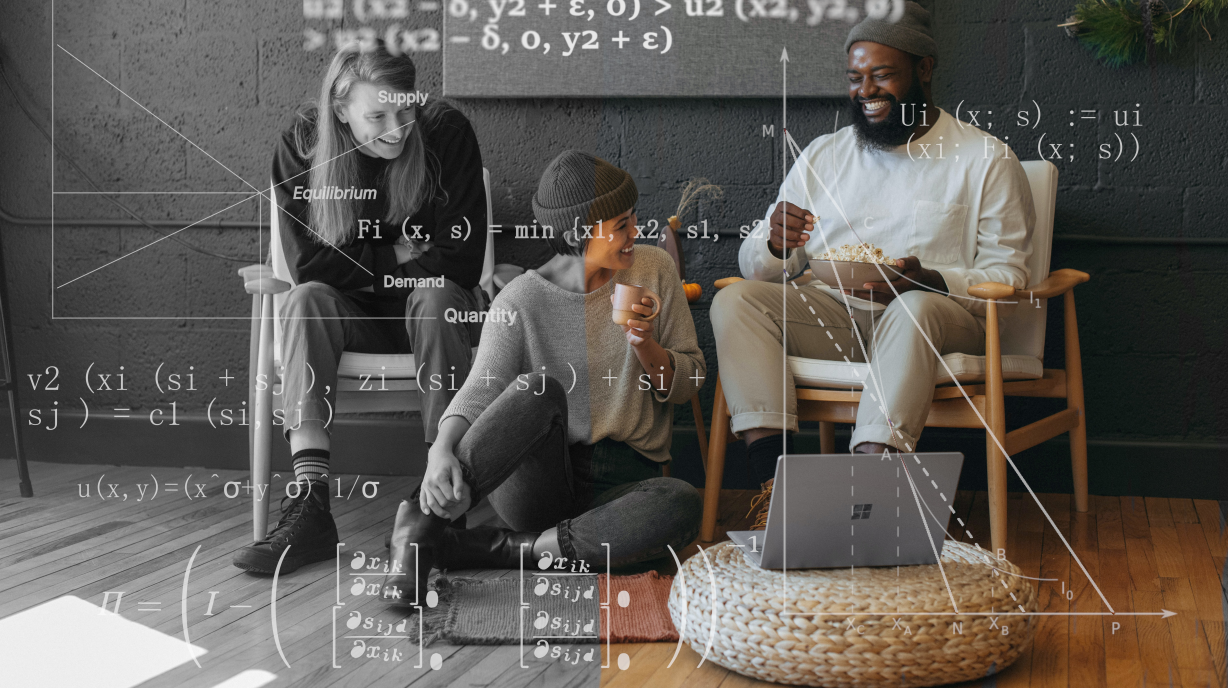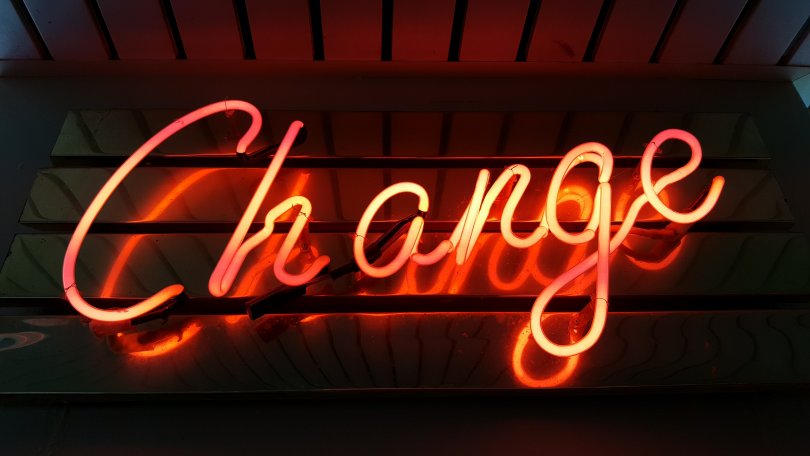
Social justice

Photo by Surface on Unplash modified by Abdelrhaman Youssef
Social norms and interactions lie at the heart of our existence as humans, impacting all aspects of our lives. This makes made them a factor to be considered in many sciences. Yet, many economic models , trivialise them or even neglect them, in contrast to how the real world works. Therefore, three economists, Marc Fleurbaey, Ravi Kanbur, and Dennis Snower, are trying to change this perspective and bring the economy into a wider social game.
Wheat has always been one of the main ingredients of our diet. According to archaeologist, it has been a major human food source since around 8000 B.C. in a variety of forms, one being bread. Wheat thus became an important trading product and a power factor. The Romans, for example, colonized Egypt for over six centuries because of its enormous production of agricultural goods, especially this valuable grain. Nowadays, several countries are suffering because of their dependence on Russian and Ukrainian wheat production, since they are two of the major grain producers.
Therefore, wheat and other raw materials like metals and minerals are essential elements of the global economy and a good deal of human history's events such as historical international trade, colonization, and wars resulted from their scarcity in the territories of some nations.
Thus, studying such markets from the economic theory perspective is crucial. However, the impact of social interaction, social behaviour and its interaction with the economy need to be analysed to understand how, in the real world, social behaviour and social norms can influence the efficiency of the economy. Unfortunately, in general economic theory ignores the interplay between the two spheres.
In 1954, Kenneth Arrow and Gerard Debreu proved the existence of equilibrium in a market economy with multiple commodities, under what we know as the "perfectly competitive equilibrium". In other words, they showed that, under certain circumstances and assumptions, there is a set of prices that equalize demand and supply in this market. One such assumptions is the exclusion of other social interactions than market trade, an assumption which is common in orthodox economic theory. The Arrow-Debreu model has become a key to understand the general equilibrium theory in the field of economics, winning the two the Nobel Prize for their work.
This exclusion of social interactions leads to an unrealistic view of the real world. Actually, looking at the real-world economy through such model is like looking at it through the looking glass. This is what the three economists Marc Fleurbaey, Ravi Kanbur, and Dennis Snower take aim at through their paper Efficiency and equity in a socially-embedded economy. In this work, they inserted social interactions and norms into the canonical model of Arrow-Debreu and investigated the implications for the study of efficiency and equity. In other words, they explored how social behaviour impacts the conventional theory and how this could lead to a better understanding of the economy itself.

Picture by Ross Findon on Unsplash
Like a Monopoly game, the result depends not only on the rules but also on how the players react to the rules and to their opponents' actions. When you land on the Boardwalk and you start pondering over whether or not to buy it, you not only think about how much money you can earn if another player lands on it (which is fixed by the game's rules). You also consider how often others may land on it, wehter another player may buy Park Place because it has an impact on how much rent you may receive, the efficiency of the action, and whether you matchthe others in wealth and power.
thus, players' interactions impact other players' strategies, the efficiency of the strategies' consequences, equality of power, and the final result of the game. This is why addubg a social aspect to the game in the theory rules is important.

PIcture by PIxarno on Adobe Stock
Since efficiency and equity are , two essential terms in economic theory, it’s interesting to seehow economic theory defines them. Let's imagine it's Halloween. Wearing their scary costumes, Gunther and Sandra go ‘trick or treat’. At the end of the evening, they compare their candies. A bad surprise for both, Gunther was given a lollipop which he hates, and in Sandra's bag there is a chocolate bar and she's allergic. But, Sandra loves lollipops and Gunther loves chocolate so they can exchange their loot, which leaves each of them better off. Looking at the rest of the candy, Sandra is satisfied with what she has, but Gunther finds a caramel apple and he doesn't like caramel apples. He tries to convince Sandra to exchange another piece of candy with him, but Sandra does not want to make another deal because now she likes all her candy and any exchange will leave her less satisfied. This is a form of efficiency called "Pareto efficiency". In this situation, the allocation of goods for each individual is such that if we changed to make one individual feels better, it will make the other worse off.
Gunther and Sandra count the candy each one has received , and find that Gunther has two pieces of candy more than Sandra. This makes sense because when Sandra was taking a break, Gunther went to an extra house and got more candies. This is economic inequality which is the opposite of economic equality, which can defined as the equality of wealth and access to wealth among the people of a nation.

Picture by Sandro Gonzalez on Unplash
In their work, Marc Fleurbaey and his research partners add to the canonical theories all the ideas mentioned above. They focus on the interactions between social sphere and economic sphere, the commodification, and non-commodification of social interactions which means transforming them into goods with prices and that be used in trade, and considering the heterogeneity of preferences, and the impact on efficiency and equity. Their aims is to integrate human interactions into economic theory by embedding the economy within a wider social game.
This approach allows us to see how the integration of social norms and social interactions may affect the results of the traditional Arrow-Debreu model. Moreover, the paper shows how orthodox theory tends to solve interactions by commodifying and giving a price on everything, even basic human interactions.

PIcture by Alexander Grey on Unsplash
Bob and Charlie’s trip to the park can be used to illustrate these ideas. They like to have regular meetings there. Nevertheless, during their last trip, Bob got bored very fast and reached his optimal amount of talking time after only an hour.Charlie, on the other hand, still wanted to spend some more time with her friend. To get her extra time, she pays him some money to stay. while sort of exchange is possible under canonical economic theorybecause everything is seen in monetary terms,this assumption wouldn't work in a real-life situation. The problem is that even though Charlie gets her extra time, she feels that Bob only talks to her because he is being paid to. So, she feels worse off and would prefer not having paid him at all. Or Bob might feel offended at being offered money to continue to talk. They might even end their friendship. At the least, it would have drastic consequences! Such the inefficiency results from the commodification of social interactions.
Supposing now that instead of paying Bob, Charlie offers him a nice cup of tea at the little coffee shop in the park. Bob being polite, acceptshis friend’s offer and they continue their talk. Adding social norms has, thus, altered the results without introducing inefficiencies.
This novel approach is expected to open up new horizons to our economic analyses. This is what our three economists suggest: all models should include the larger social game, lest they should miss important dimensions of efficiency and equity!